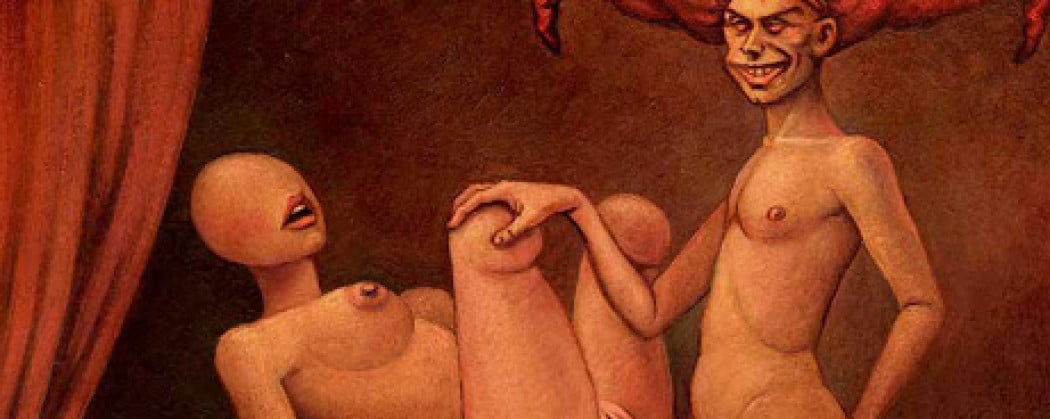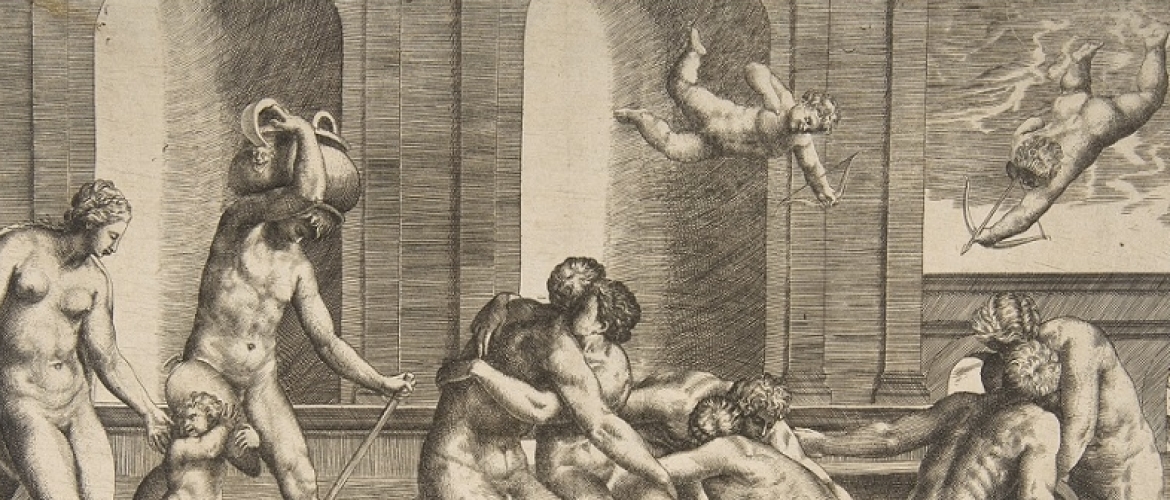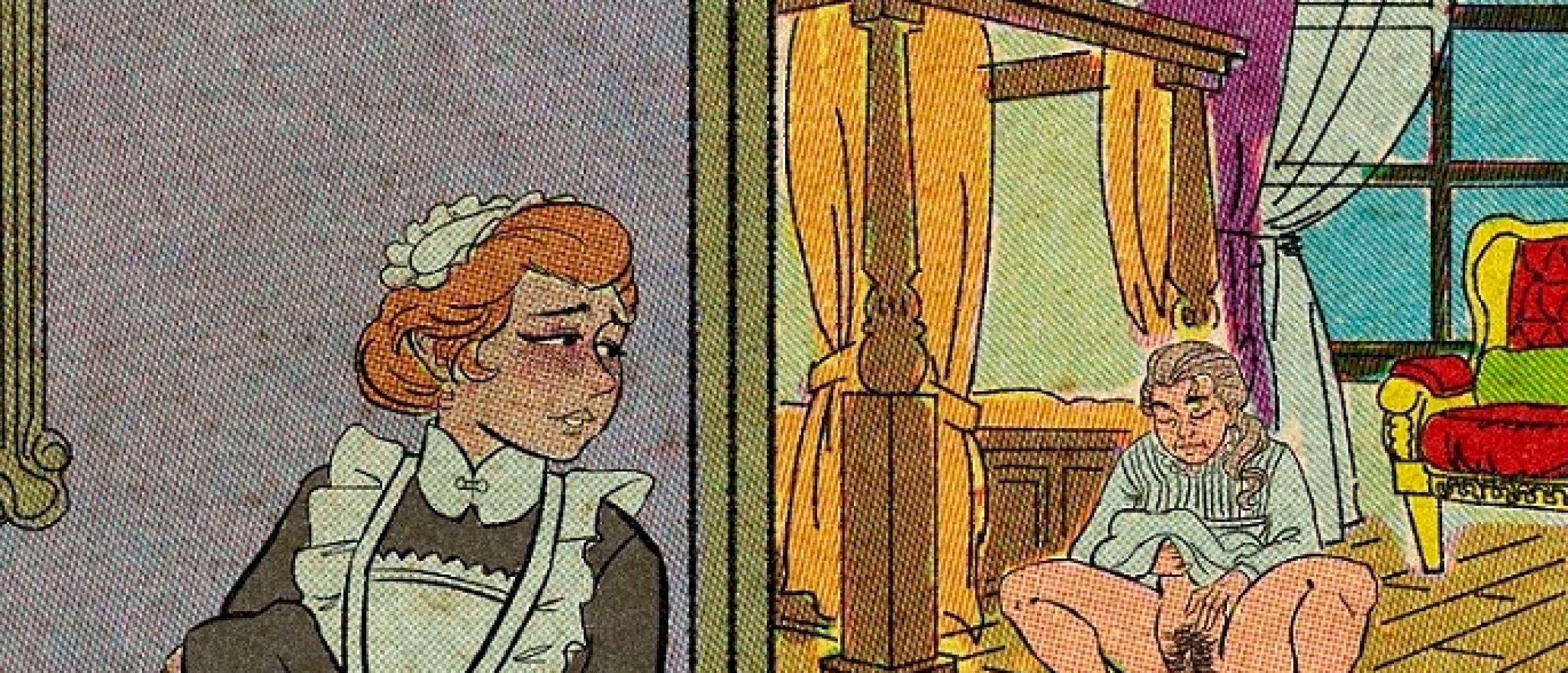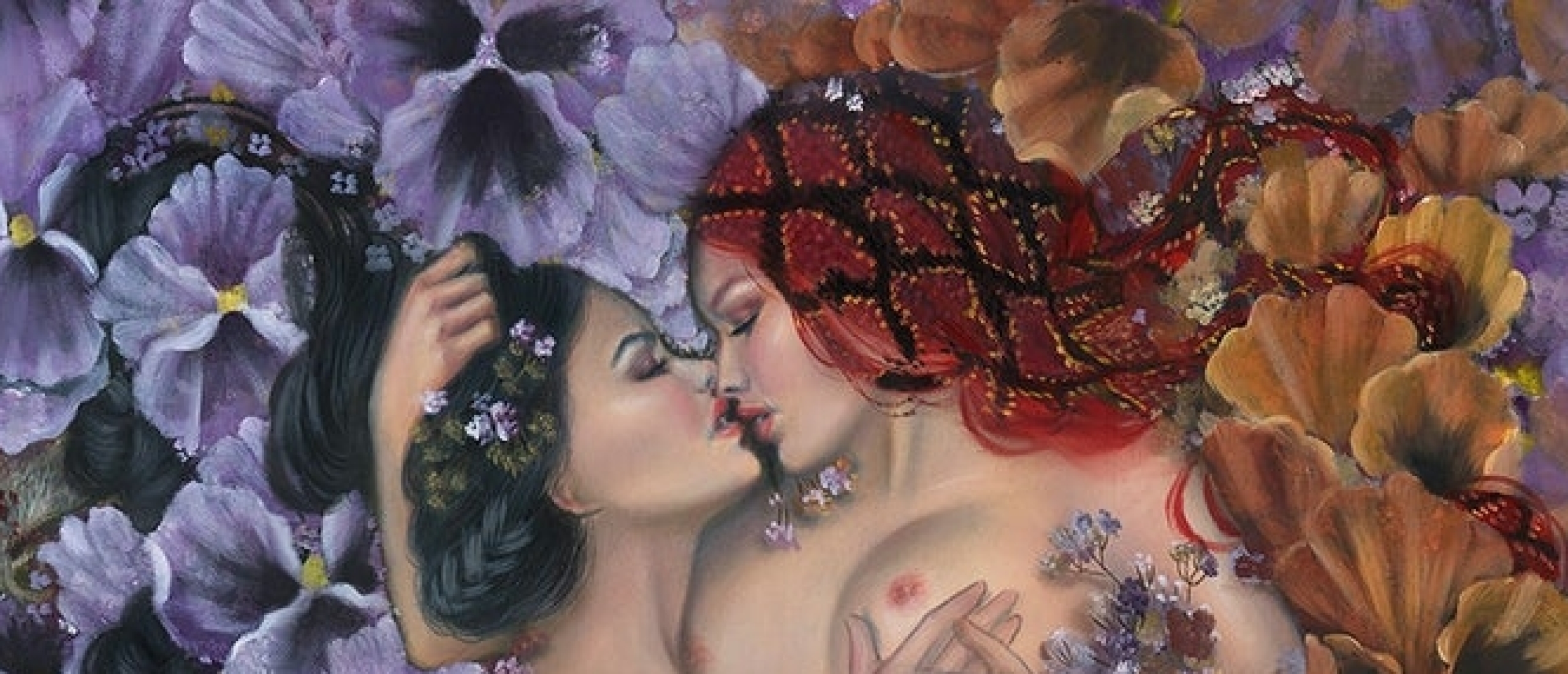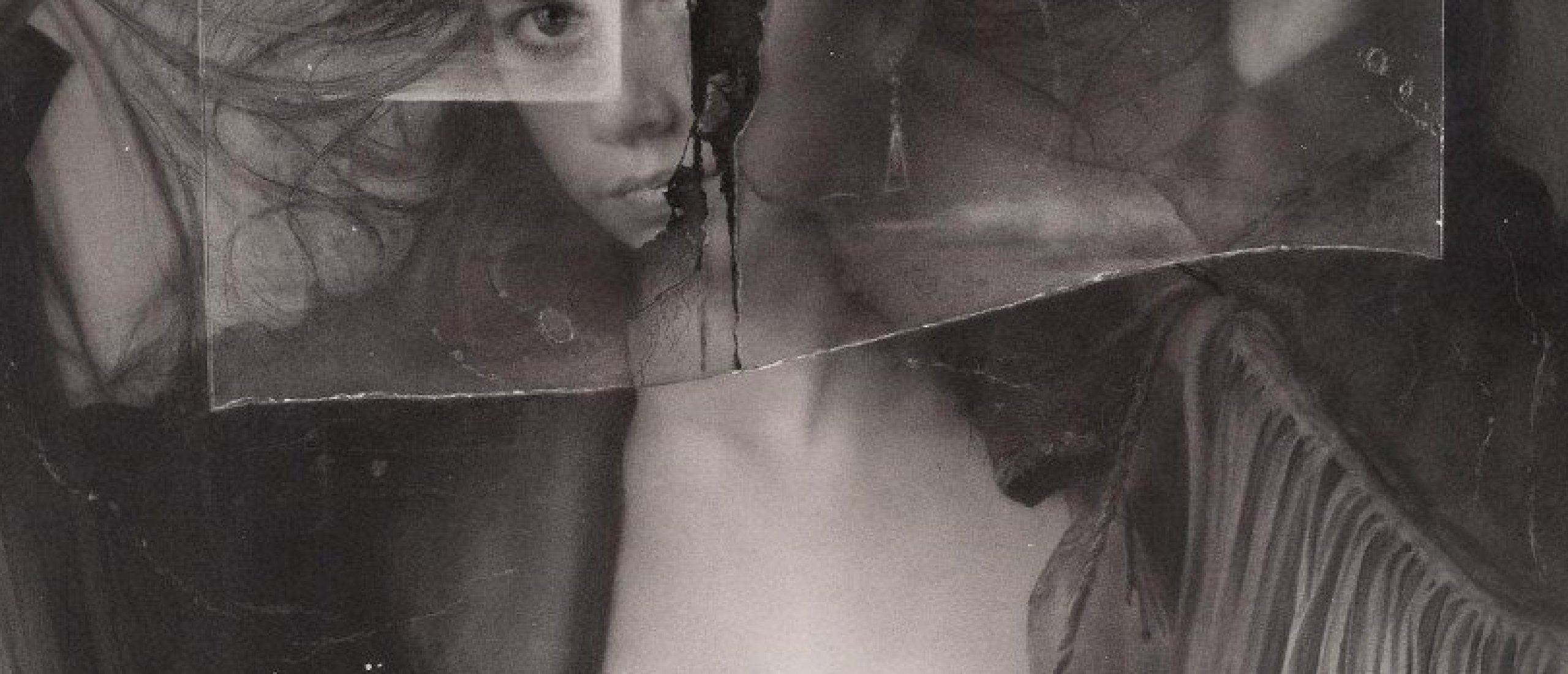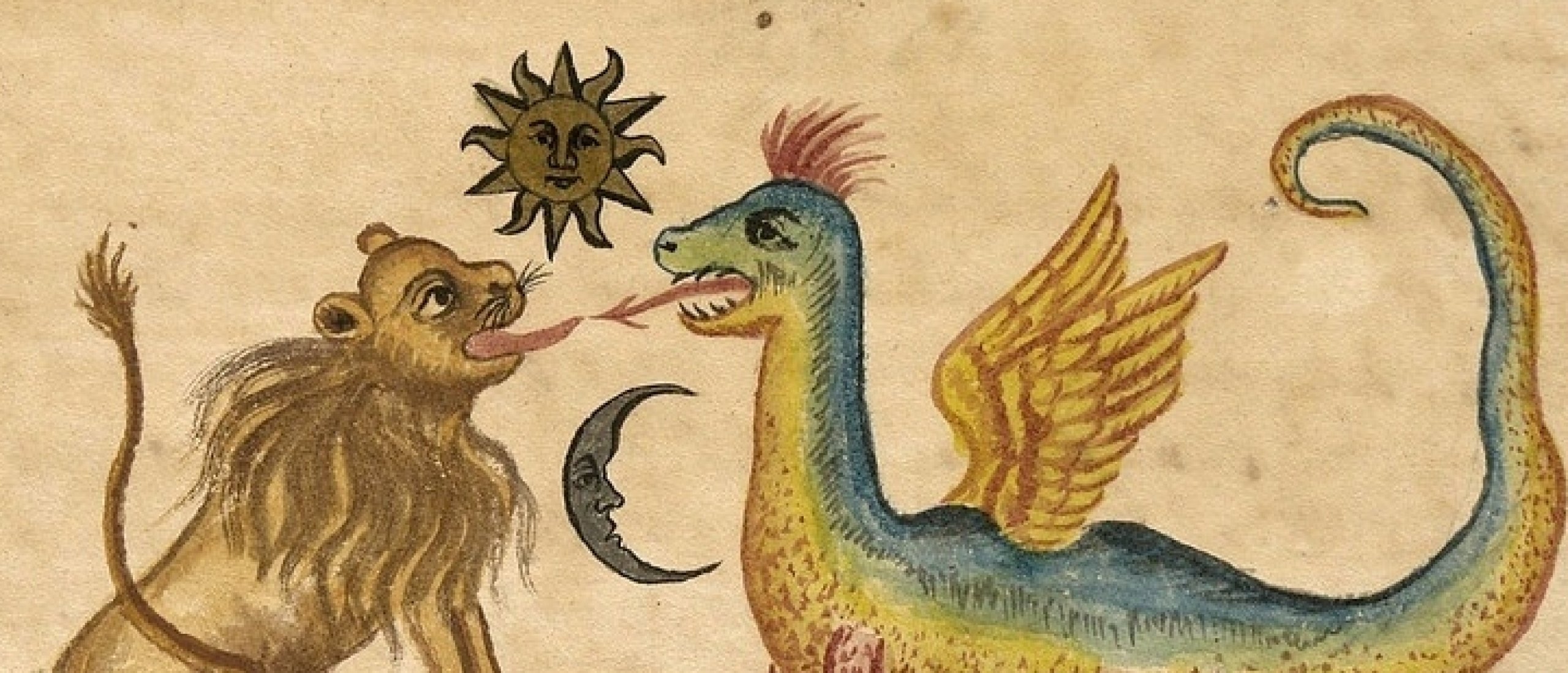
What do you imagine hearing of alchemy and alchemists? Alchemy is a mother of today’s chemistry and a child of human curiosity and naivety, as different adepts spent years trying to turn lead into gold or produce the elixir of life. Bearded men in medieval clothes operated with flasks and liquids to get the dark red piece of glass that Harry Potter miraculously discovered in his pocket by the end of the book.
Hokusai's Ama Diver
But what if we tell you that the red stone or the scarlet lion or Adam or Christ or rebis is as much a stone as Hokusai’s ama diver is the wife of a fisherman? What if we tell you that the last known alchemist lived not in medieval times but in the XXth century? Well, enough questions, let’s reveal some answers!

Fig. 1. Conjunction of Metals, Rosarium Philosophorum, black and white edition. According to Adam McLean, the text was originally printed as the second part of De Alchemia Opuscula complura veterum philosophorum…, Frankfurt, 1550. It contained a series of 20 woodcuts (scan from Eugene Canseliet’s Alchemy, 2012, p. 43).
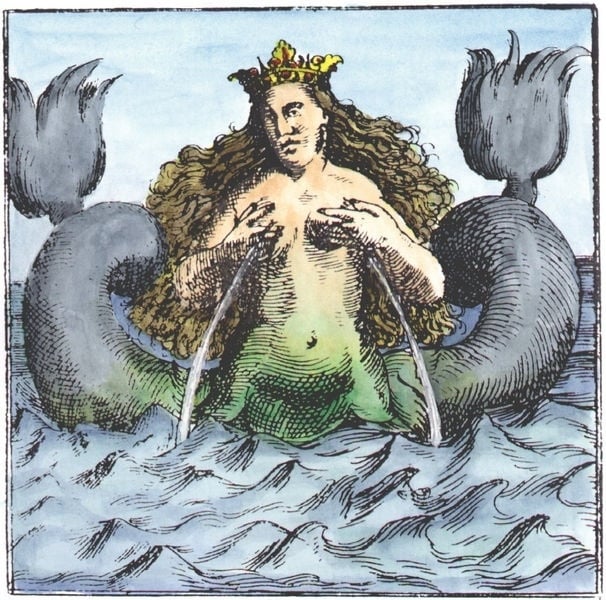
Fig. 2. Alchemical Mercury as a mother of metals (Basil Valentine ‘Azoth’ Series, colored by Adam McLean; alchemywebsite.com)
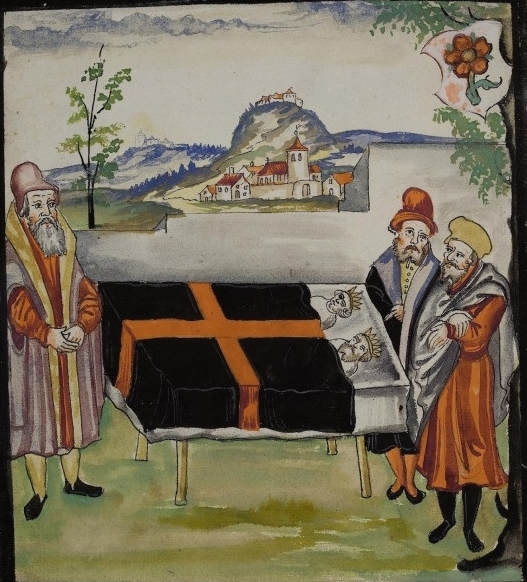
Fig. 3. Philosophers observing the conjunction of metals. The nuptial bed resembles a coffin. The black blanket is the symbol of the first stage of the work (Vatican Pal Lat 1885, alchemywebsite.com).
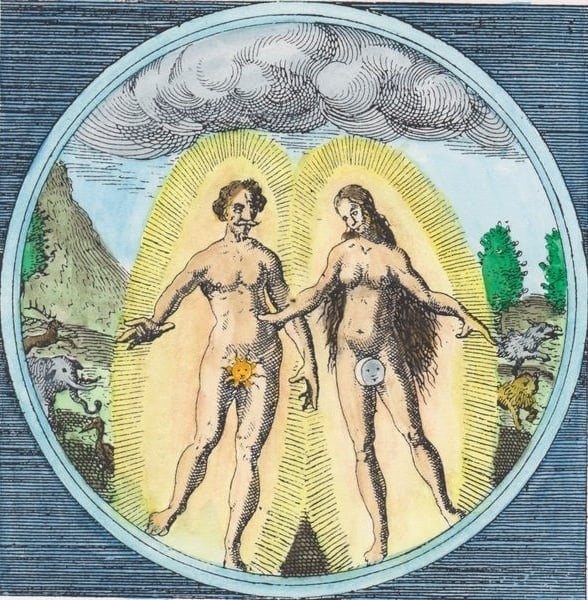
Fig. 4. Rectified Sulfur and Mercury are about to embrace (All-Wise Doorkeeper Series, colored by Adam McLean; alchemywebsite.com).
The Earth and the Stone
The word ‘alchemy’ and the discipline under this name allegedly originate from ancient Egypt (khmi meant the fertile black soil opposing the red sands of the desert). The knowledge came to Europe from Arabic lands (the al- particle points at the Arabic adoption of this phenomenon). The Egyptian roots may be indirectly proved by the conceptual meaning of alchemy, as the process has its’ true beginning at the stage of the metaphorical death of ingredients (the Nigredo stage). The mortification and posthumous existence of the substance played a crucial role in the mythology of Egypt, resulting in the famous Book of the Dead.
Brown-red granules
According to historians Jacques Sadoul and Albert Poisson, who analyzed lots of alchemical treatises, the sought-after stone was a powdery product that consisted of brown-red granules. There may be many versions of why alchemists called the powder a stone. They could do it to mislead the greedy seekers of fortune. Or, they treated it as a stone because, symbolically, it was a fruit from the tree of life, the essence of all things, and, of course, the ground for the eternal Civitate Dei (The City of God) inhabited by immortal souls.
Proto-science
As Hermes, the mythological parent of alchemy, said in his Tabula Smaragdina, ‘Páter ómnis thelésmi totíus múndi est hic’ (The father of all perfection in the whole world is here). There’s an opinion that pretentious proto-science was left in medieval centuries with all its’ metaphors and symbols. Nevertheless, the notion that the transmutation of metals is possible is grounded in a belief that all things consist of the same matter. Today physicians know it as energy. Manipulations with energy and the smallest particles of the elements cause the change of substance. The possible evidence is allotropy or the ability of chemical elements to exist in several different forms (the most well-known example is diamond and graphite, the modifications of carbon).
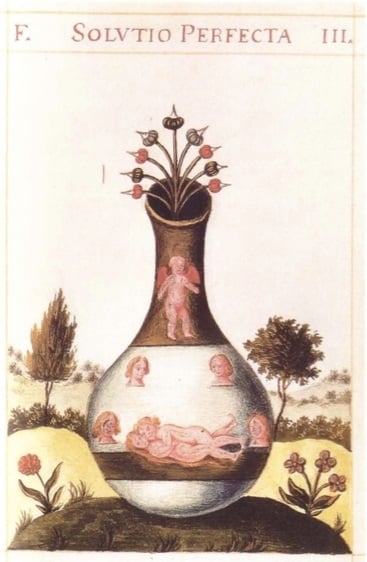
Fig. 5. Copulating King and Queen want to produce the royal child. They are observed by four elements (Alexander Roob, Alchemy and Mysticism. Taschen. 2003. P. 442)


